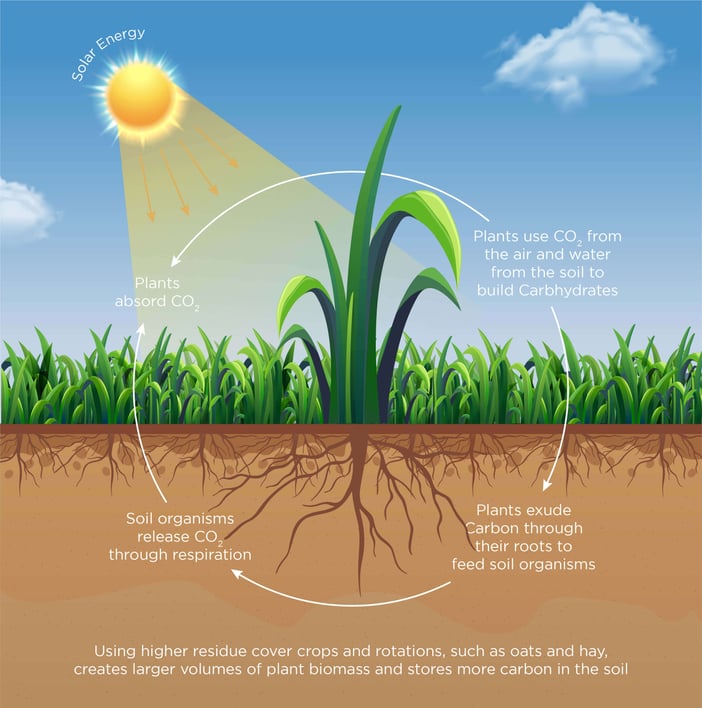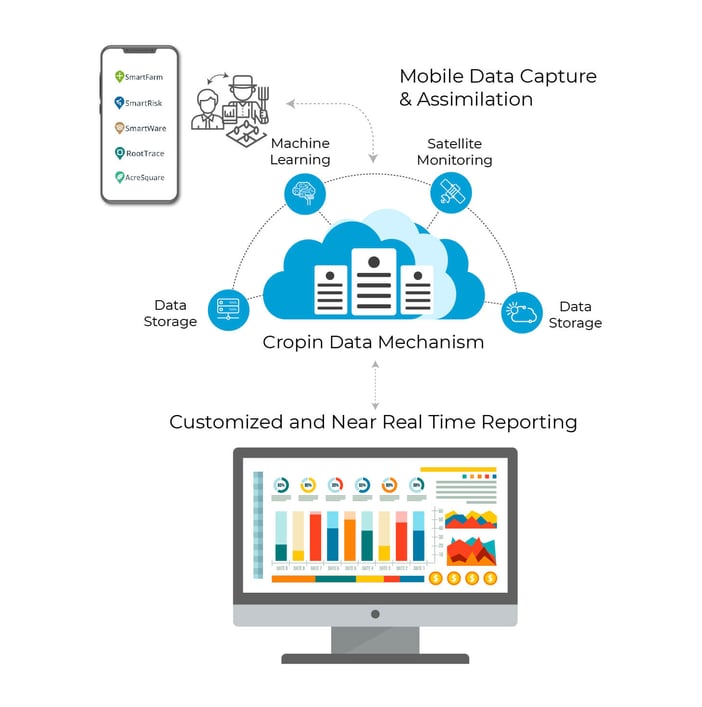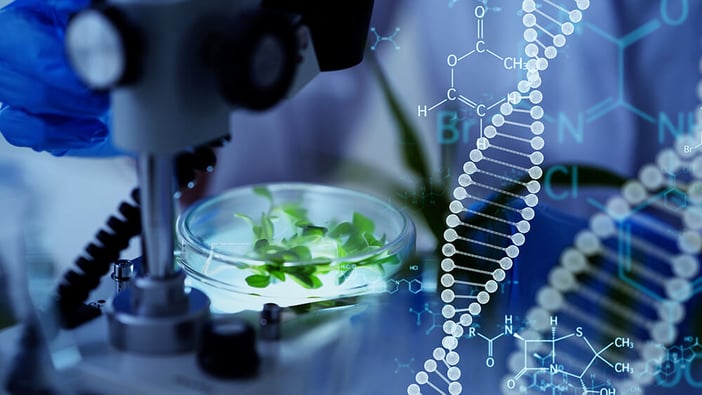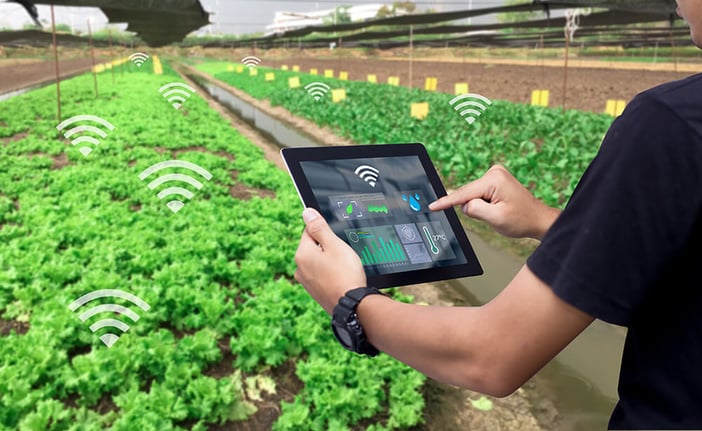The world may have had a slowdown due to the pandemic this year but that hasn’t stopped technology from advancing towards something bigger everyday as it does. The AgTech sector has seen a massive growth over the last decade and it continues to see a steady growth every year. 2020 may have been a hurdle that many industries have struggled to pass but the AgTech sector has only accelerated even in these tough times.
Artificial Intelligence has empowered agriculture with efficient tools and methodologies to practise, elevating the levels of potential globally. Agriculture has been revolutionised by the power of AI and this exploration has brought in a massive impact on how the food and farm industry operates. Technology has not just changed how farmers look at food but also made consumers conscious of their consumption and the quality levels of food.
AI has made lives easier through data-driven simplicity; it has made complex challenges look extremely trivial and simple. Agriculture is no longer a yesteryear painting; the colors, the brushes, the canvas itself has changed completely. Concepts like indoor farming, vertical farming, hydroponics have made us wonder what else can be achieved in agriculture through modern technology.
AI Trends in 2021 for AgTech
Carbon Sequestration:
Carbon sequestration is the process of capturing and storing atmospheric carbon dioxide. It is one method of reducing the amount of carbon dioxide in the atmosphere with the goal of reducing global climate change. While it is important to remove carbon dioxide from the atmosphere through the sink process, excessive conversion of forestland into cropland has reduced the soil carbon levels significantly over the past years.
Carbon sequestration, also known as Carbon Capture and Storage (CCS) has numerous benefits when practiced. These benefits reduce climate-related damage to human health and help in preserving soil fertility and health. Accumulation of soil carbon promotes soil particle aggregation, preservation of soil water, microbial activity, nutrient cycling, and other primary soil processes, improving overall fertility and productivity of the soil.

Edge Computing in AI for AgTech
Edge computing makes it possible to generate and collect the data required to deliver such solutions far closer to the source, while still allowing certain data processing operations to be conducted on the edge devices themselves. It is a major selling point for any new technology to give farmers and agricultural workers comprehensive insights into their operational environments, and edge computing is no different.
One of the greatest benefits that edge computing has brought to agriculture in recent years is the ability to track various aspects of the agricultural activities of a farm remotely. Sensor networks, ranging from several sporadically positioned sensors to thousands of connected devices that track aspects such as soil, weather, humidity, temperature, acidity and pH levels.
SmartFarm Plus, the newest technological marvel in the world of AgTech has practical implementations of edge computing. The solution brings in the aspect of traceability into agriculture systems and provides comprehensive insights on vital factors to look out for in the entire agri value chain.

Augmented Hybridization
In unfavorable soil and climatic environments such as saline soils and rainfed habitats, the use of hybrid seeds enables better adaptation. Hybrids of short term produce more in less time and therefore consume less water. Additional disease tolerance can be generated by hybrid seeds with inbuilt quality that decreases chemical use in plants and minimizes the residue level of chemicals in soil and water.
In common summer droughts, hybrids have well-established roots that prove to be beneficial.
Nutrient uptake is also increased by this extensive root system. In general, hybrids provide greater water and nutrient use. Compared to traditional forms, hybrids tend to be best known over a wide variety of drilling dates and conditions. The prospect of a later sowing date is provided by most hybrids, which can be very important in a tough year and to help spread the workload after harvest.
The immaculate insights that Cropin’s farm solutions like SmartFarm and SmartRisk provide will further enhance the productivity of these hybrids since the solutions can customized to plant level. The solution determines the kind of treatment suited and necessary for each plant and hence there is a clear spike in the productivity and yield seen almost immediately.
The concept of traceability that SmartFarm brings in ensures transparency of origins of the food products that consumers are super conscious about in the present.
Plant Gene Editing
Technologies for genome editing in agriculture enable scientists to make changes to DNA, leading to changes in physical characteristics, such as plant color, and the risk of disease. Genome-editing tools include advanced biotechnological techniques that enable the targeted modification of the genome of an organism to be accurate and effective.
The low cost opens up technology and innovation to non-profit researchers, smaller businesses, and public institutions. In an improved breeding process, precision breeding allows for the elimination of unwanted DNA. The chances of adverse effects are minimized by fewer off-target mutations with site-specific editing techniques. Reduced time in breeding programs with fewer generations of plants required (accelerating the research time from 7 to 25 years to 2 to 3 years).

Digitalization in Agriculture
The definition of a driverless wheel on farmland might not sound that practical at this point but it soon will be a reality. Though the mainstream commute is where the major implementation will be seen, agriculture also will have driverless tractors, drone-controlled robots, and remote-controlled harvesters quicker than ever. This will be very helpful during the crucial period of the season where 24/7 monitoring of farmland is necessary. The farmers will be able to access and control the actions on their farmland remotely through digitized systems. The introduction of artificial intelligence, satellite imagery and advanced predictive software can help farmers make crucial decisions in real time, saving time, resources and maybe even crops from the destructive effects of pests or extreme weather.

What We Feel
Growth in terms of technology is a never ending process. As a poet once said, Men may come and men may go, but I go on forever, the advancements in the world of AgTech are no different in that sense. And so does the quest to revolutionize agriculture everyday at CropIn. As the world moves forward from a year that most of us would like to forget, the challenges brought in will be a driving force for innovators to tackle through the power of technology and science. The trends of tomorrow will be the reality of today, very soon!






